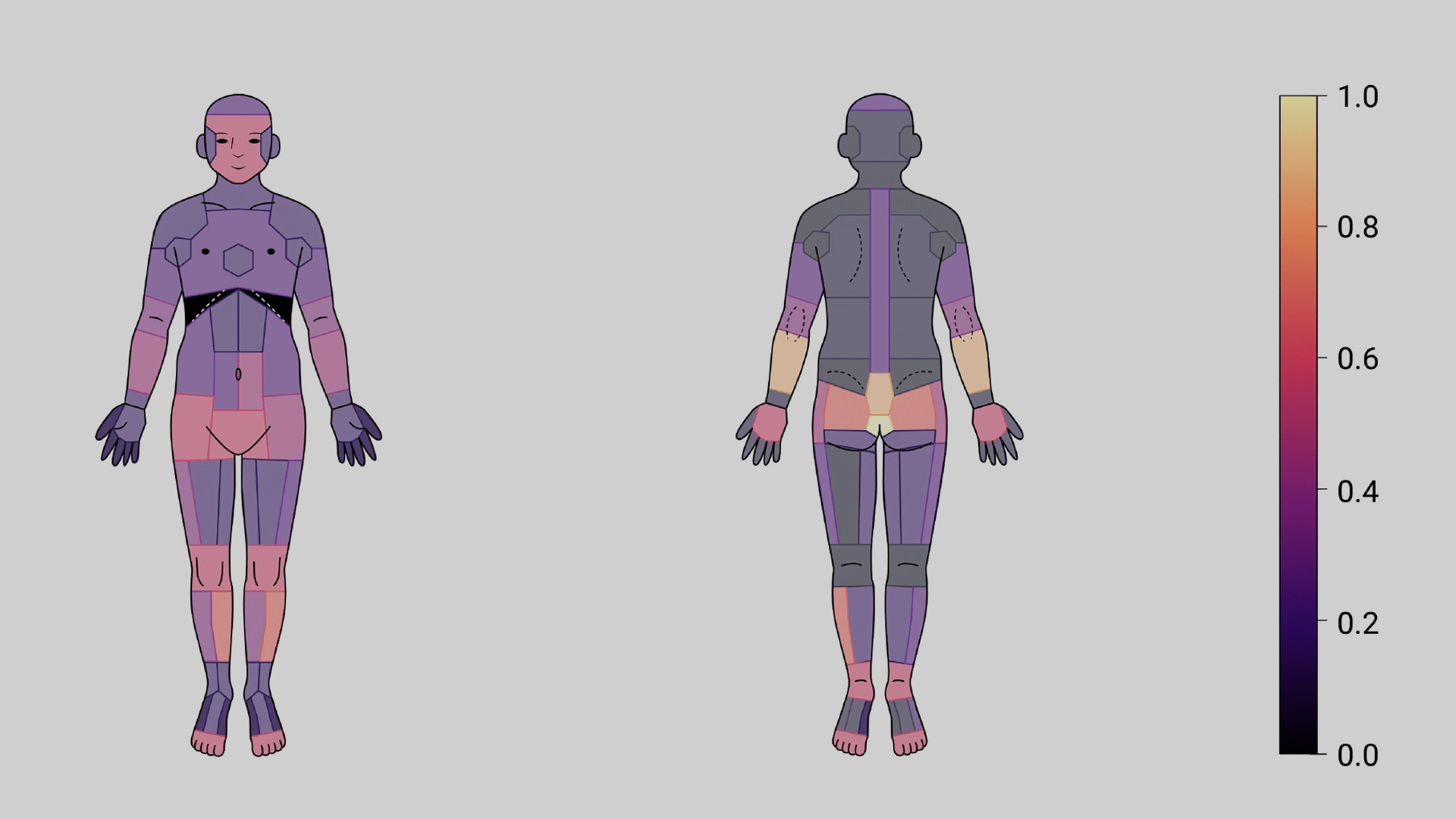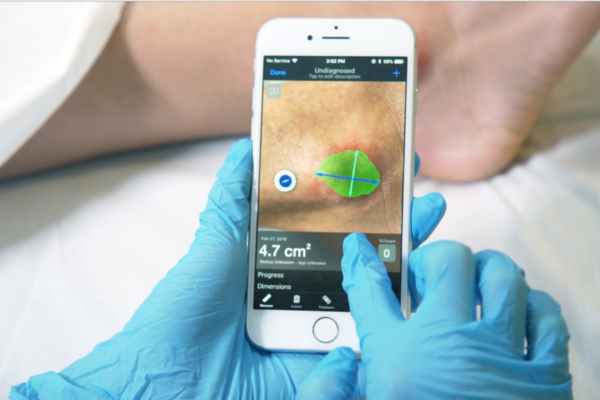Wound heat map paper published today in JMIR Dermatology
TORONTO, CANADA (Tuesday October 9th, 2018) – Swift Medical Inc, the world leader in enterprise-grade digital wound care management, has created the first “wound heat maps” showing the body location of all types of wounds and skin lesions common among skilled nursing facility residents. A paper about the wound maps has been published today in JMIR Dermatology, part of market-leading e-health publisher JMIR Publications’ portfolio of open access journals.
“By mapping the most common wound hotspots among skilled nursing facility residents, we have created a tool that can be used to educate facility managers and identify areas they should focus on to prevent wounds,” explains Dr Sheila Wang, chief medical officer at Swift and co-creator of the wound map. “With these wound maps, healthcare facilities can take a more proactive approach to preventable skin problems and wound lesions and improve the overall quality of care for their residents.”
Dr Yunghan Au, an author of the study and vice president of medical affairs at Swift, says the study is an example of how analysis of specialized electronic medical records can yield practical insights that can make a big difference in the lives of patients.
“We used data from 23,453 wound records to generate heat maps to identify the most common areas of skin and wound types at different body locations,” he says.
The wound maps look at the common wound types (abrasions, pressure ulcers, surgical wounds and skin tears) and pinpoint their most likely locations on the body: the coccyx or tailbone, left and right forearms, and the sacrum—the area at the bottom of the spine.
These maps are the first-ever to show how all types of wounds and skin lesions are distributed and located on the body among residents of skilled nursing facilities in a single graphical representation. Previous studies focused largely on one particular type of wound and, unlike the Swift study which analysed real-world data, were often biased by data derived from voluntarily reported statistics in clinical studies.
Chronic wounds are a critical global problem that affects more than 2% of the population in developed countries—a number likely to increase with aging populations and as conditions such as diabetes, which often lead to wound development, become more prevalent. In the United States, a study of Medicare data found chronic wounds affect around 8.2 million patients, translating into at least US$32 billion spent annually on treatment. The global advanced wound care market is estimated to grow at a compound annual rate of 8.4% between 2017 and 2024, according to Data Bridge Market Research.
Read the original publication:
Yunghan Au, Marcon Laforet, Kirsten Talbot, Sheila C. Wang. “Skin and Wound Map From 23,453 Nursing Home Resident Records: Relative Prevalence Study”. JMIR Dermatol 2018;1(2):e11875. doi:10.2196/11875
Related Images
Swift Skin and Wound Map for Web RGB (250 kb)
Skin and Wound Map for Print CMYK (2 MB)
For more information or to schedule media interviews contact:
Yan Zhou, Manager, Media Relations, MaRS Ventures
647.354.2547
[email protected]
About Swift Medical
Swift Medical is the world leader in digital wound care management, delivering advanced wound care visualization and touchless 3D measurement through its smartphone-ready Swift Skin and Wound software. This enterprise-grade solution streamlines clinical and administrative wound care management workflows, from image capture and automatic risk scoring to assessment scheduling and claims submission. Today, Swift Skin and Wound is in use by more than 1,000 facilities to monitor over 100,000 beds. To learn how Swift has digitized and transformed wound care, visit swiftmedical.com.





